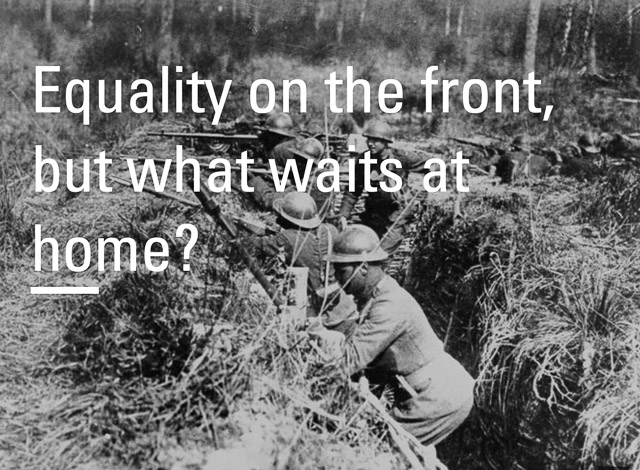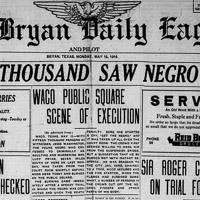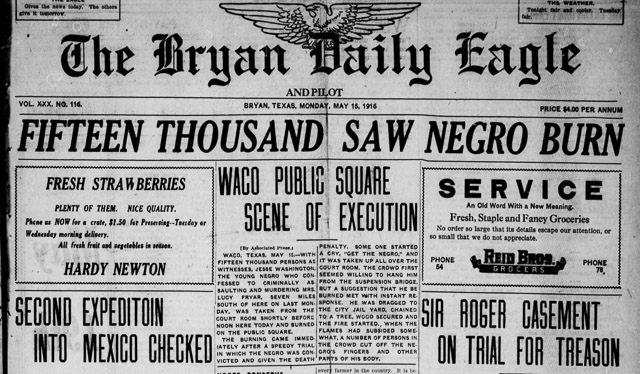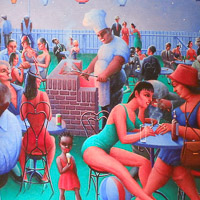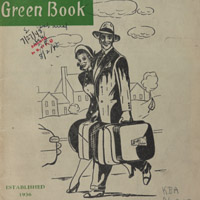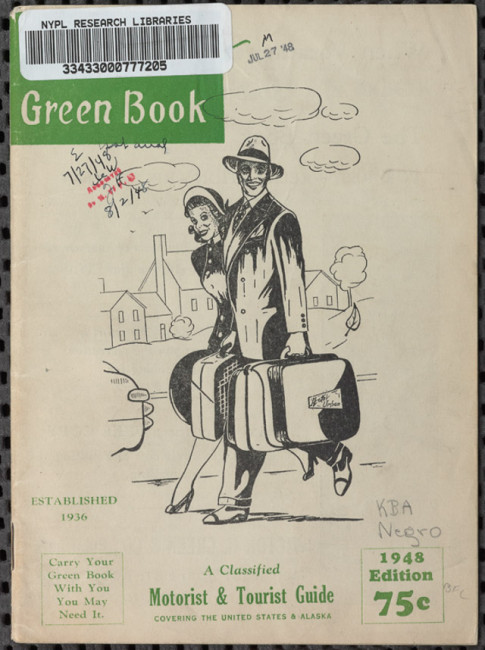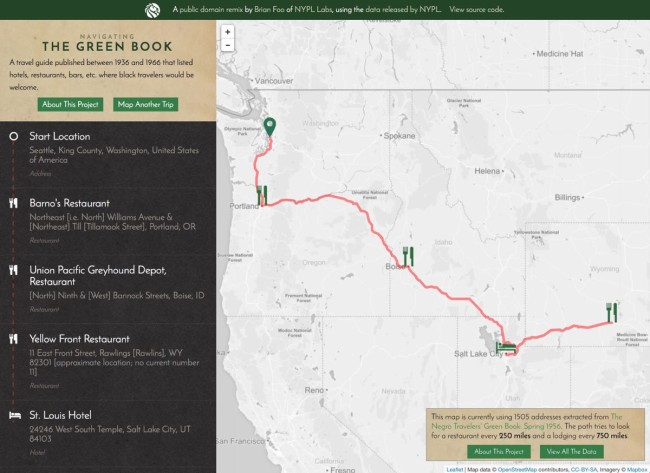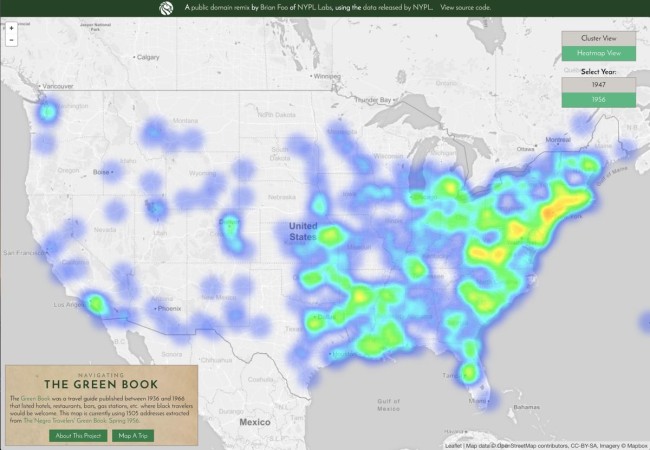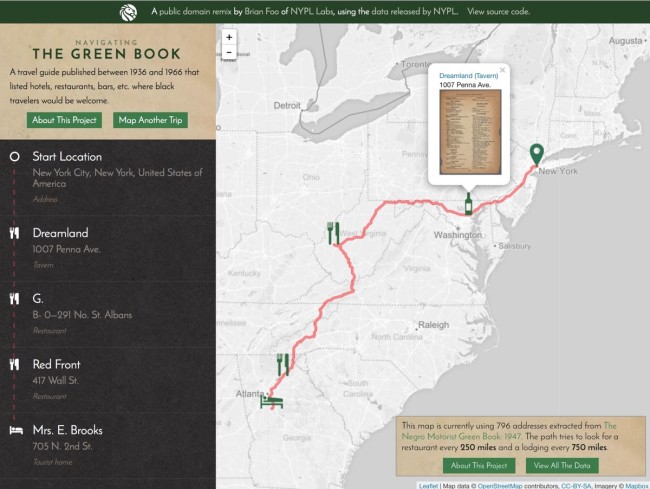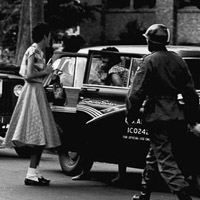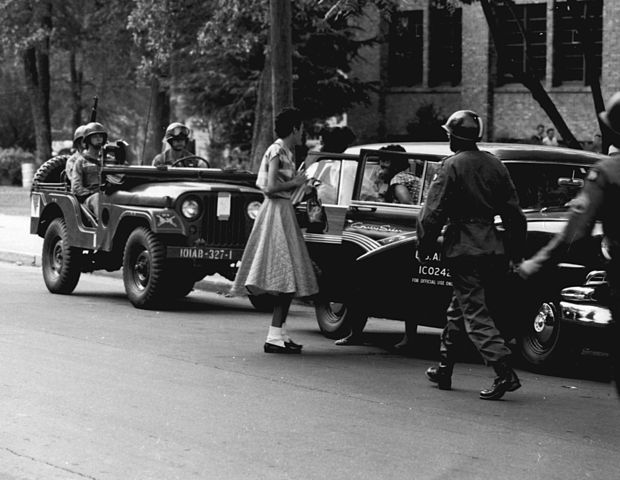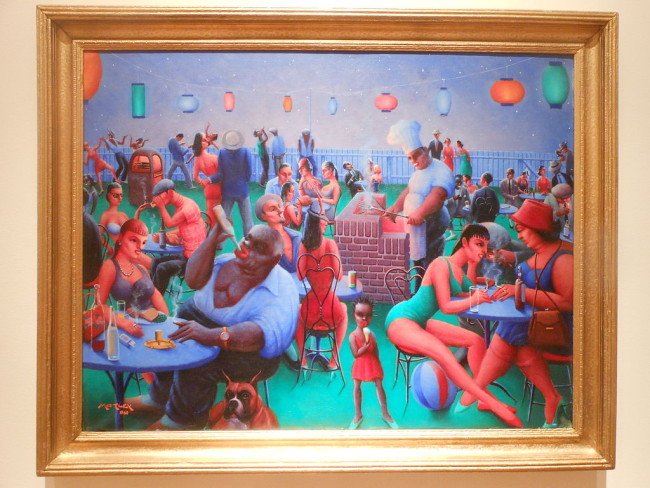 “Barbecue” by Archibald Motley
“Barbecue” by Archibald Motley
My Social Studies Methods class at the University of Portland recently published a free multi-touch iBook – Exploring History: Vol III (free iTunes). It features thirteen engaging questions and historic documents that empower students to be the historian in the classroom. For more info on our project and free download of multi-touch iBook and pdf versions click here. To better publicize student work, I’m featuring each chapter in it’s own blog post. (Second of 13)
The Harlem Renaissance by Monica Portugal
Download as PDF 1.4MB
How did the Harlem Renaissance allow African Americans to express their experiences within American society?
The Harlem Renaissance was an early 20th century movement which lasted until the mid 1930s. At the time of this movement African American writers, artists, actors and musicians, were being recognized for their talents and contributions to the newest fads of pop culture. However, along with the newest Jazz songs and popular dances that came about during this period, African Americans used these mediums of art and literature as a way to express their experience of being black, being an artist, being an American citizen, and and being all of these things all at once.
Using music, poetry, novels, and other forms of literature and art, African Americans were able to explore questions of race and social tensions in America. Capturing the attention of white Americans, Africans Americans were able to further pursue their desires of equality, and bring to life a rebirth of their cultural identity.
For this assignment I chose to focus on the Harlem Renaissance and have my students explore the work of various African American musicians, artists, and writers, in order to identify the purpose of their work, and what it represented. This past semester I did a similar lesson to this DBL with my 11th grade history class for a 1920s unit. For that lesson I introduced similar sources to the ones in this assignment in order to guide my students to a deeper understanding of the Harlem Renaissance, and open a small discussion of race within America. The DBL I have created here will accomplish a similar goal.
For this lesson I wanted to introduce a more serious side of the Harlem Renaissance, and expose my students to these sources in order to guide them to understand a different perspective of America during this time period. Despite the Harlem Renaissance being a time and place full of spirit, opportunity, and pop-culture, it was also a time of opportunity to captivate audiences, black and white, and explore issues of race in America. For myself, the issues and concerns that are expressed in the documents provided by these artists, are still issues seen today. Following this DBL students can be asked to make connections to more modern day issues, compare and contrast, and reflect on American society today. As an educator I want to create a place where such discussions can be held with respect, because I do believe discussing situations and concerns such as this should be held in a classroom in order to help our students be more open minded, respectful, and well rounded to the world around them.
Image credit: Wikipedia / Photograph by Alexisrael
Like this:
Like Loading...
